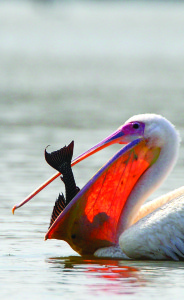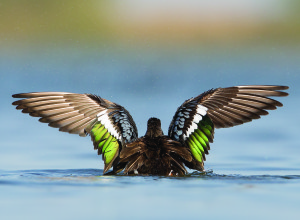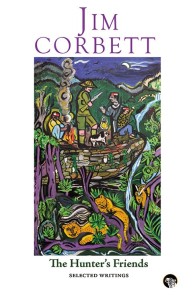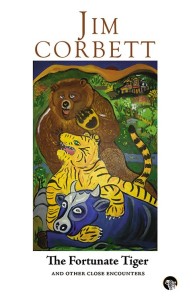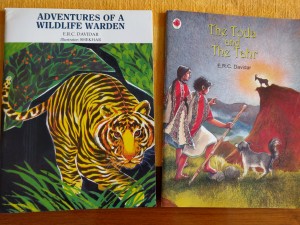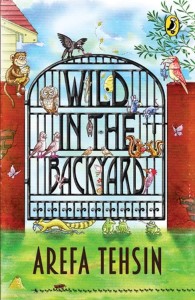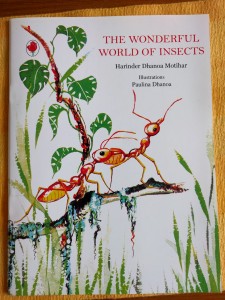World Wildlife Day, 3 March 2016 / Some books
On 20 December 2013, at its 68th session, the United Nations General Assembly (UNGA) decided to proclaim 3 March, the day of the adoption of the Convention on International Trade in Endangered Species of Wild Fauna and Flora (CITES), as World Wildlife Day. In its resolution,[2] the General Assembly reaffirmed the intrinsic value of wildlife and its various contributions, including ecological, genetic, social, economic, scientific, educational, cultural, recreational and aesthetic, to sustainable development and human well-being.
To commemorate this day, I am posting pictures of some of the wildlife books that I 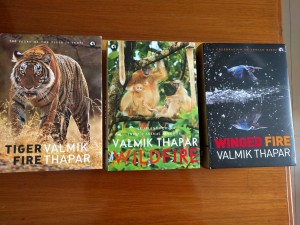 have enjoyed. The absolutely scrumptious trilogy published by renowned wildlife conservationist Valmik Thapar lead the list. The books are– Tiger Fire, Wild Fire and Winged Fire. These are a “must have” not only for the stupendous production, quality of photographs but also for the amount of research that has been presented. It is probably the first time such an ambitious task has been undertaken in India wherein an extensive selection of historical accounts in writing and paintings, brilliant photographs with never before seen images of wildlife ( much like the pioneering work done by Jacques Cousteau’s photo-documentation of ocean life) and an overview of the conservation efforts made by governments with an informed and critical understanding by Valmik Thapar.
have enjoyed. The absolutely scrumptious trilogy published by renowned wildlife conservationist Valmik Thapar lead the list. The books are– Tiger Fire, Wild Fire and Winged Fire. These are a “must have” not only for the stupendous production, quality of photographs but also for the amount of research that has been presented. It is probably the first time such an ambitious task has been undertaken in India wherein an extensive selection of historical accounts in writing and paintings, brilliant photographs with never before seen images of wildlife ( much like the pioneering work done by Jacques Cousteau’s photo-documentation of ocean life) and an overview of the conservation efforts made by governments with an informed and critical understanding by Valmik Thapar.
Speaking Tiger too has republished a couple of books by Jim Corbett.
Last year Hachette India published Vivek Menon’s 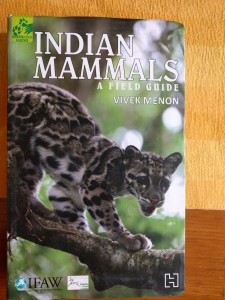 incredibly detailed guide to Indian Mammals which even game wardens consider as their Bible! A fact we discovered while on a trip to a wildlife sanctuary last year. It was being sold at the entrance of the park and the guides were encouraging the tourists to buy it for its authentic and accurate information.
incredibly detailed guide to Indian Mammals which even game wardens consider as their Bible! A fact we discovered while on a trip to a wildlife sanctuary last year. It was being sold at the entrance of the park and the guides were encouraging the tourists to buy it for its authentic and accurate information.
There are also a bunch of books for children discussing wildlife conservation by not demonising the unknown, instead respecting other species and learning to live in harmony. ( Finally!) We need many more books like these given how there are hunts organised as new tourism packages. I am posting pictures of a few examples from National Book Trust ( NBT) and Puffin but there are many more available in the market now.
3 March 2016


